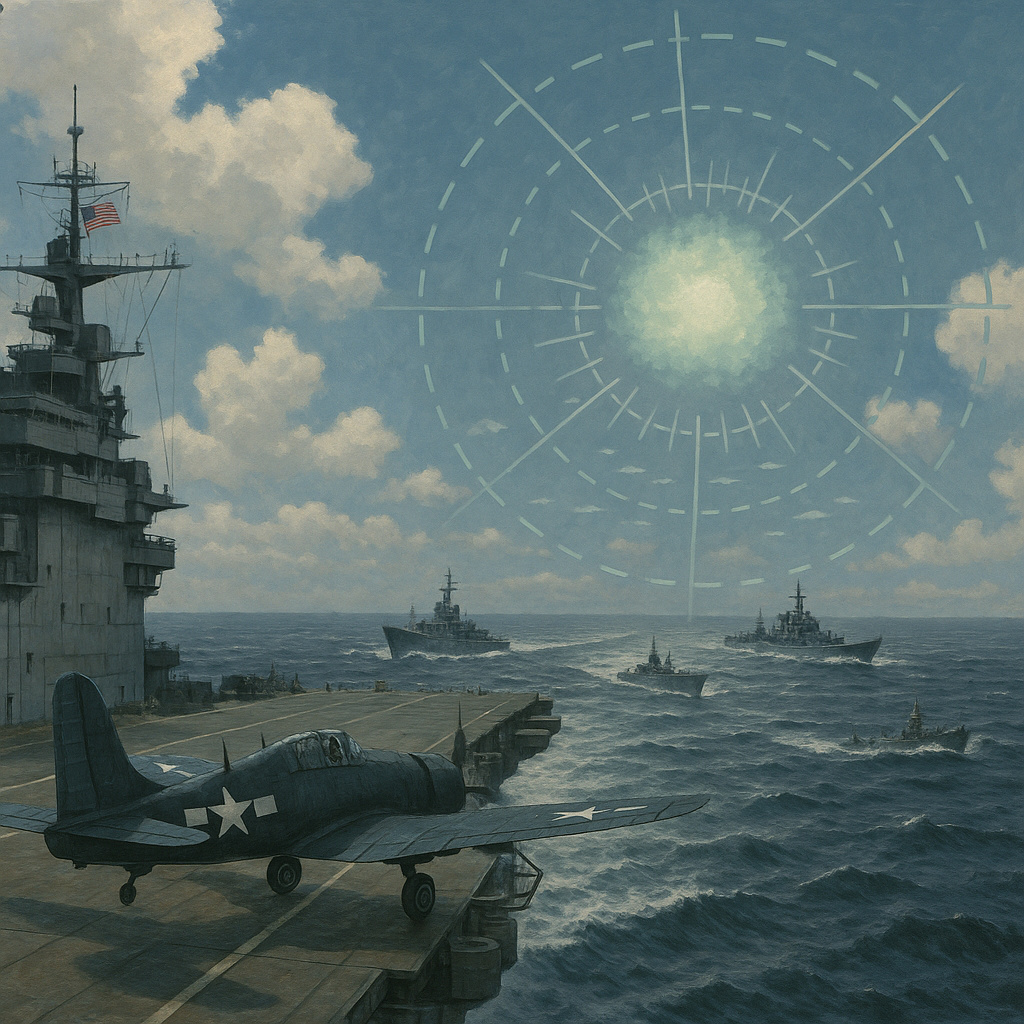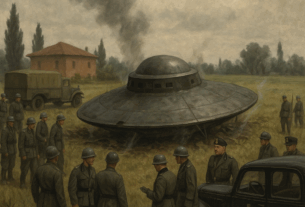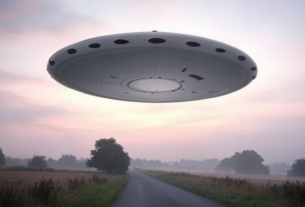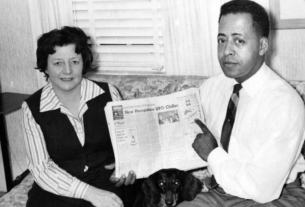The Nansei-shoto UFO incident, as recounted by Major Donald Keyhoe in his 1955 book The Flying Saucer Conspiracy, refers to a World War II event during the Okinawa campaign in the last year of the war, involving a U.S. Navy task force patrolling the Nansei-shoto Archipelago—a chain of rocky islands in the Ryukyu group, located south of Okinawa. The story was provided to Keyhoe by James Dawson, a pseudonym for a U.S. Navy Combat Information Center (CIC) officer aboard an aircraft carrier, who described it as the “ghost of Nansei-shoto,” a radar-detected but invisible formation of unidentified flying objects that approached the task force without visual confirmation.
According to Dawson, on a bright day with scattered clouds at 5,000 feet and visibility up to 50 miles at 12,000 feet altitude, the CIC radarscopes suddenly showed a large greenish-white blob, initially mistaken for a flaw, but soon resolving into a huge formation of 200 to 300 bogeys (unidentified aircraft) at 12,000 feet and traveling at 650 knots, or about 700 miles per hour. The formation approached from the northeast, closing to within 5 miles of the task force ships. Twelve Navy propeller-driven fighters were launched to intercept, but they reported nothing visible at distances of 3 to 5 miles. The objects extended into curving “arms” as if enveloping the fleet, but vanished from radar after closing in, without any attack or further detection. Similar invisible craft were tracked in the following weeks by other Navy CIC personnel, confirming the event’s recurrence.
Keyhoe, a prominent UFO researcher and retired Marine Corps major, used this incident to argue for the existence of invisible flying saucers, linking it to theories of gravitational fields (G-fields) bending light rays to render objects unseen. He compared it to a 1954 British War Office report of radar-tracked invisible UFO formations over England that maneuvered precisely—from a U-formation to parallel lines to a Z-shape—at noon but remained invisible despite alerts. Keyhoe expressed alarm at the implications, noting that such invisibility would render normal aircraft helpless, and hoped the saucers remained neutral, emphasizing the helplessness of watching “invisible” aircraft close in. He framed the Nansei-shoto event as evidence of advanced technology, possibly extraterrestrial, and part of a broader pattern of UFO sightings during wartime, underscoring the need for disclosure.
The incident’s context adds to its intrigue. The Okinawa campaign, from April to June 1945, was a brutal battle involving massive naval operations to protect landing forces from Japanese attacks, making the area a high-stakes zone where unidentified radar contacts could signify enemy threats. The Nansei-shoto islands, part of the Ryukyu chain, were strategically important, and the task force’s patrol aimed to prevent incursions. Dawson and his CIC team were right in tracking a huge saucer formation, Keyhoe asserted, dismissing it as a mere radar flaw given the consistent detections over weeks.
Skeptics might attribute the radar blips to atmospheric anomalies like temperature inversions or equipment malfunctions common in wartime radar systems, but Keyhoe countered this by highlighting the formation’s intelligent maneuvers and the Navy’s post-war acknowledgment of the “ghost” without explanation. The lack of visual sightings despite clear conditions and launched fighters strengthens the invisibility theory, which Keyhoe tied to other cases like the 1953 Kinross F-89 jet disappearance over Lake Superior and a Gulf of Mexico B-29 encounter. No physical evidence or declassified military reports confirm the event, and Dawson’s pseudonym protects his identity, but Keyhoe’s credibility as a UFO advocate lends weight to the narrative.
The Nansei-shoto case remains a cornerstone in discussions of wartime UFOs, often cited in historical accounts of invisible craft and military encounters. Its legacy endures in UFO research, reflecting the era’s tension between emerging technology and the unknown, and continues to inspire speculation about extraterrestrial surveillance during human conflicts.



